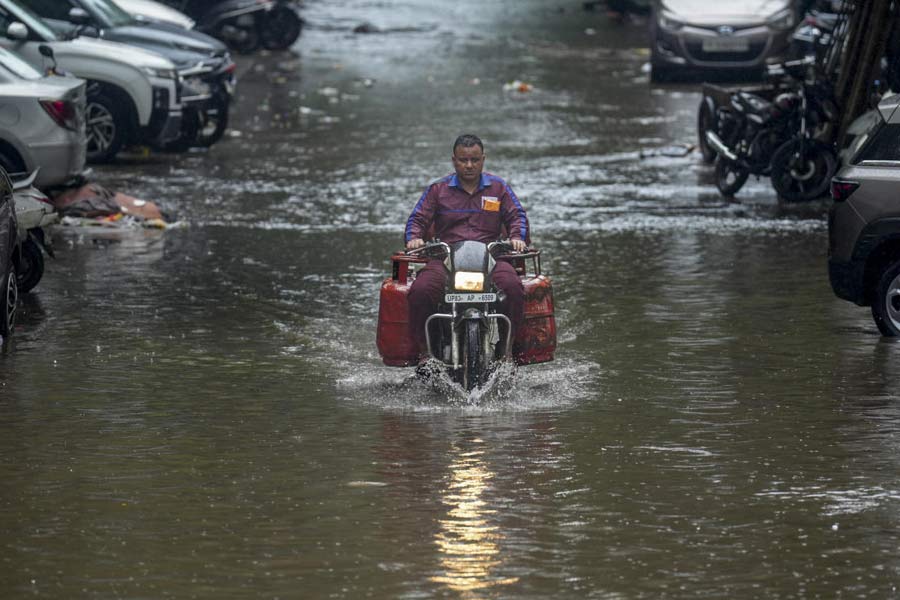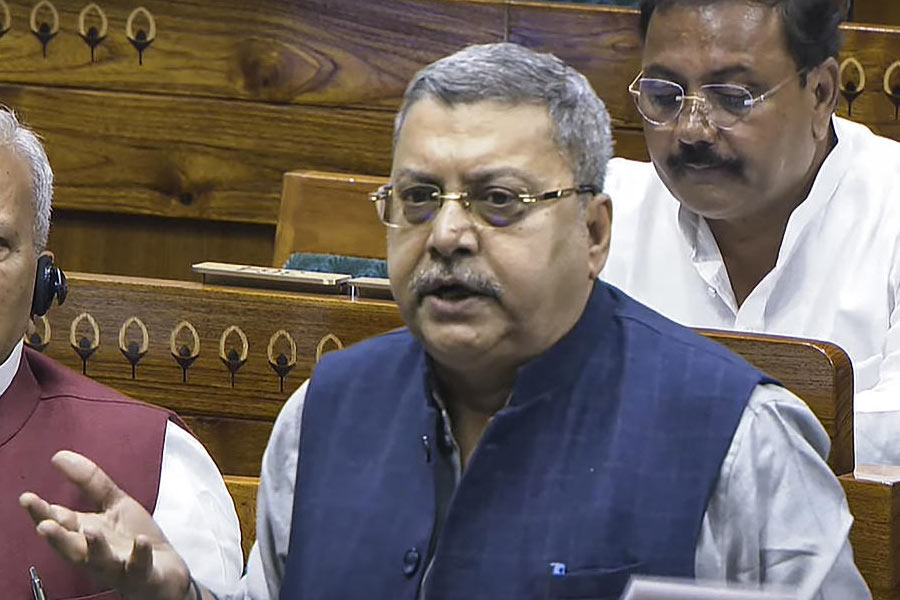 |
| Illegal prawn farms inside Bhitarkanika National Park. Telegraph picture |
Paradip, Nov. 5: Human interference and unchecked land-grabbing by illegal settlers have emerged as major stumbling blocks for regeneration of mangroves in the Bhitarkanika Wildlife Sanctuary.
Curbing the human interference is the only way to save the mangrove vegetation in the internationally acclaimed Ramsar wetland area.
“Mangroves need to be saved at any cost to protect the state’s fragile coastal ecology. The illegal human settlements, which is the foremost impediment for mangrove conservation, will have to be done away with,” said green activist Biswajit Mohanty.
On 2005, the government swung into action to banish the illegal settlers. But, that was abruptly stopped.
Experts feel that it is now high time that deportation of illegal immigrants should be carried out regardless of opposition from some quarters. Both the government at the state and the Centre should work in cohesion for expeditious deportation of foreign national and plug the illegal immigration.
Such a move would go a long in the conservation of mangroves as it has often been found that the unauthorised settlers are converting the forest areas for human settlement and paddy crop fields, green activists charged.
The forest department has been undertaking periodic drives to evict the squatters from the forest.
Over a dozen cases have been registered against the unauthorised occupiers under the forest law. Unlawful settlers have also been evicted from the forest, said Kedar Kumar Swain, officer of the Rajnagar Mangrove (wildlife) Forest Division.
The forest areas, mainly in Mahakalpada forest range, where the tail end of the Mahanadi river system meander through and crisscrossed by innumerable water inlets, had come under human encroachment. Temporary mud-walled structures had come up. Patches of land had been occupied by a section of fishermen community. In the occupied forestland, prawn dykes had come up.
But, these areas have now been made encroachment-free following periodic raids by forest department personnel, the official said.
The department is intent on flushing out encroachers from the forest for regeneration of mangroves in the denuded patches.
About 200 hectares in the deforested areas of Mahinsidiha, Hetamundia, Sanatubi and Badatubi in Mahanadi deltaic region have so far been covered under mangrove regeneration project. Funds from the National Mangrove Action Plan are being put to judicious use in this regard, said Swain.
Apart from converting forest areas into paddy fields, the illegal settlers continue to carry out prawn cultivation. The sanctuary-side villages such as Jamoboo, Ramnagar, Gupti, Batighar, Kharinasi, Dangmal and Talchua are glaring instances of what human interference can do to nature.
The region, in the seventies, would present a scene of lush greenery, but now, hardly any mangrove bush can be found in the area.











